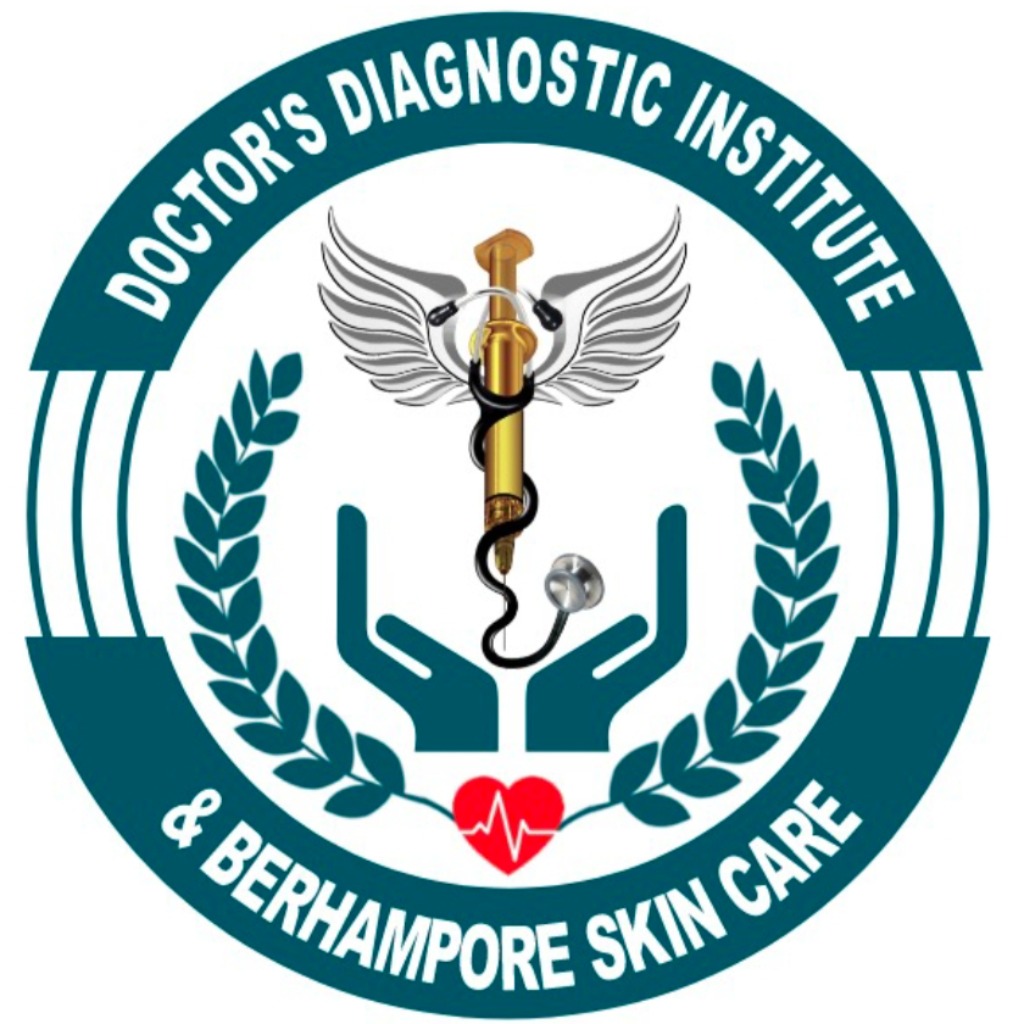What Is Laser Fractional Skin Resurfacing?
Laser fractional skin resurfacing is a safe skin rejuvenation treatment. It uses focused light beams to treat small areas of skin. This method helps improve skin texture, tone, and appearance. Many people choose this treatment to reduce scars, wrinkles, and sun damage. According to the American Academy of Dermatology, laser treatments can help renew the skin’s surface.
Common Reasons and Benefits for Choosing This Procedure
People pick laser fractional skin resurfacing for many reasons. For example, it can help with:
Additionally, the benefits of laser skin resurfacing include:
How the Procedure Works: Step-by-Step
Before the procedure, your doctor will explain what to expect. Here is a simple step-by-step guide:
The whole process usually takes 30 minutes to an hour, depending on the area treated.
Expected Results and Recovery Timeline
Most people notice smoother, brighter skin after healing. However, results may take a few weeks to appear. Here is what you can expect:
For best results, follow your doctor’s advice and use gentle skin care products. Some people need more than one session for deeper scars or wrinkles.
Potential Risks and Side Effects
While laser fractional skin resurfacing is safe, some risks exist. Common side effects include:
However, choosing a skilled doctor lowers these risks. Always tell your doctor about any skin conditions or allergies before treatment.
Essential Aftercare Tips
Proper aftercare helps your skin heal faster and reduces problems. Here are some important fractional laser recovery tips:
Moreover, follow all instructions given by your dermatologist for the best outcome.
Who Is a Good Candidate?
Not everyone is suited for laser fractional skin resurfacing. Good candidates usually:
However, people with certain medical conditions or darker skin types should consult a dermatologist first. Your doctor can help decide if this treatment is safe for you.
Prevention of Complications and Maximizing Results
To prevent problems and get the best results, follow these steps:
Additionally, avoid tanning beds and harsh skin products before and after treatment. This helps your skin heal well and look its best.
Conclusion
Laser fractional skin resurfacing offers many benefits for smoother, younger-looking skin. However, it is important to follow your doctor’s advice for safe and lasting results. Consult a board-certified dermatologist to see if laser fractional skin resurfacing is right for you.

